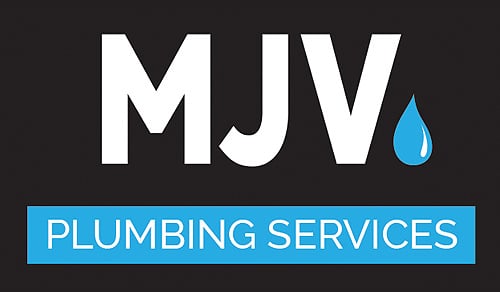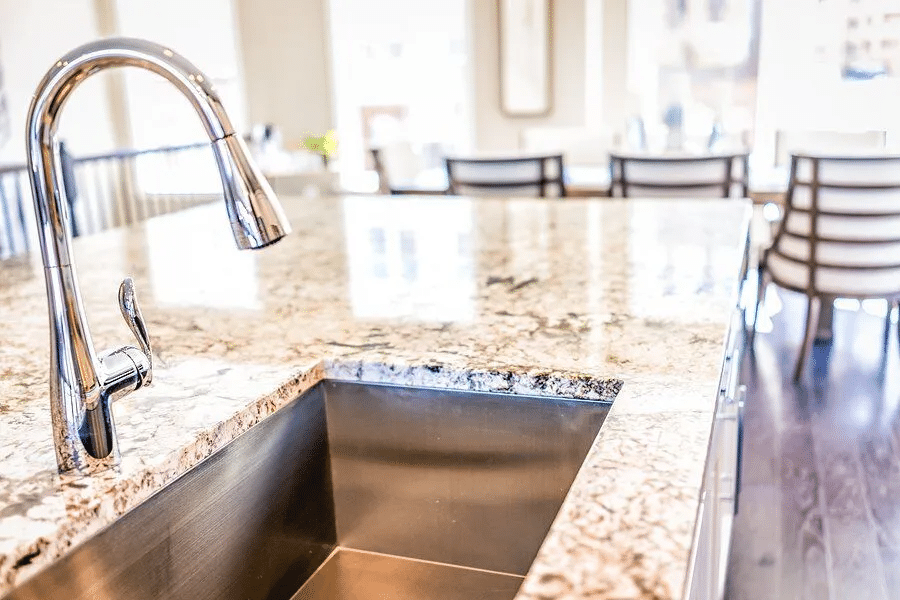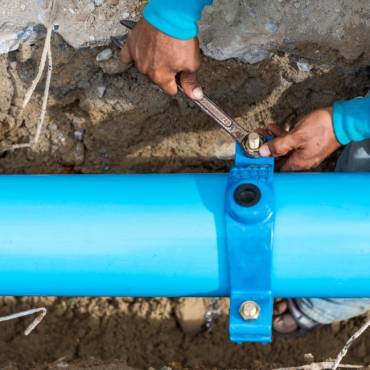Maintaining a home plumbing system is more than keeping leakages in check or repairing a network of pipes, valves, and fixtures that ensure water flows seamlessly to where it’s needed. Amidst this complex system of pipes and fixtures, the air gap is an often overlooked yet crucial component. Let’s delve into the role of the air gap in home plumbing and why it’s a vital safeguard for your home plumbing.
What is an Air Gap in a Plumbing System?
Let’s know about it first. In plumbing, an air gap is a physical space or opening between a fixture’s water outlet and the flood level. It prevents the backflow of contaminated water into the clean water supply system. Essentially, it acts as a barrier to ensure that wastewater cannot flow back into the plumbing system, thus safeguarding the potable water supply from contamination.
What is The Role of the Air Gap?
Imagine this scenario: your sink is filled with soapy water, and suddenly, a blockage occurs in the main sewer line. As water struggles to drain, pressure builds up in the pipes, creating a suction effect. Without an air gap, this negative pressure could draw wastewater back into your home’s clean water supply, potentially causing contamination and health hazards.
Here’s where the air gap comes into play. The Air Gap Creates a physical barrier between the water outlet and the receiving basin, preventing backflow and ensuring that only clean, potable water flows into your home.
Applications of Air Gaps
- Backflow Prevention: The air gap’s primary role is to prevent backflow, the unwanted reversal of water flow in a plumbing system. In the event of a sudden pressure drop within the plumbing system, contaminated water from sinks, dishwashers, or other fixtures may attempt to flow back into the clean water supply.
- Creating a Physical Barrier: The air gap acts as a physical barrier by establishing a visible gap between the water outlet and the receiving basin. This separation guarantees there is no direct connection between the contaminated water source and the clean water supply system.
- Protection Against Contaminants: The air gap prevents contaminants, such as bacteria, chemicals, or debris, from entering the potable water supply. It is essential in areas with a risk of cross-contamination, such as kitchen sinks or dishwashers.
- Compliance with Regulations: Many building codes and plumbing regulations require the installation of air gaps in certain plumbing fixtures to ensure water safety and compliance with health standards.
How to Maintain an Air Gap in a Plumbing System?
Although the air gap may appear inactive, it needs periodic maintenance. Regularly inspect the air gap opening for blockages or debris accumulation, clearing away any obstructions that may develop over time. Additionally, schedule routine plumbing system inspections to detect and resolve potential issues before they worsen. Here are steps to ensure a healthy air gap in the plumbing system.
- Regular Inspection: Regularly inspect the air gap to ensure it is free from debris, sediment, or buildup that could obstruct its function. You can visually inspect the air gap opening to check for any blockages.
- Cleaning the Air Gap: Use a small brush, pipe cleaner, or compressed air to remove debris or buildup from the opening. Gently insert the cleaning tool into the gap and dislodge any particles that may have accumulated.
- Flushing the Drain: Regularly flush the drain with water to prevent debris from accumulating around the air gap. This helps to clear out any residue and maintain proper drainage.
- Check for Leaks: Inspect the plumbing connections around the air gap for any signs of leaks or damage. Ensure that all connections are secure and that there are no cracks or gaps where water could escape.
- Test the Functionality: Periodically test the functionality of the air gap by running water through the fixture and observing its flow. The water should flow freely through the fixture without any signs of backflow or obstruction.
- Follow Manufacturer Guidelines: If your plumbing system includes specific air gap components or devices, refer to the manufacturer’s guidelines for maintenance instructions and recommended practices.
- Professional Inspection: Consider hiring a licensed plumber like MJV Plumbing Services to conduct a comprehensive inspection of your plumbing system, including the air gap, to ensure that it functions correctly and complies with local plumbing codes and regulations.
In conclusion, the air gap is an indispensable component of home plumbing systems, serving as a barrier against backflow and contamination. As we’ve explored, understanding the function of the air gap and implementing proper maintenance practices are fundamental to preserving its effectiveness.
By conducting regular inspections, clearing any obstructions, and adhering to manufacturer guidelines, homeowners can uphold the reliability of their plumbing systems for years to come. If you are looking for a plumber in Laverton, contact MJV Plumbing Services Pty Ltd, your one-stop solution for any plumbing problem in Australia.


